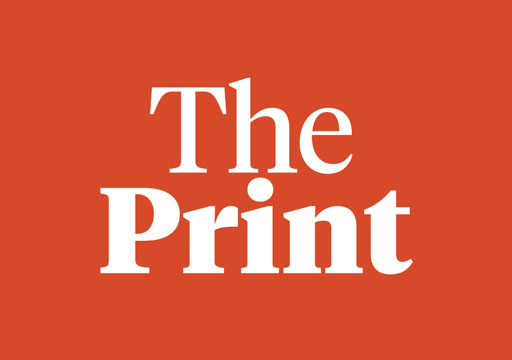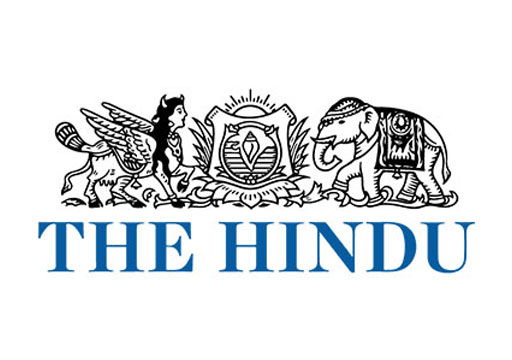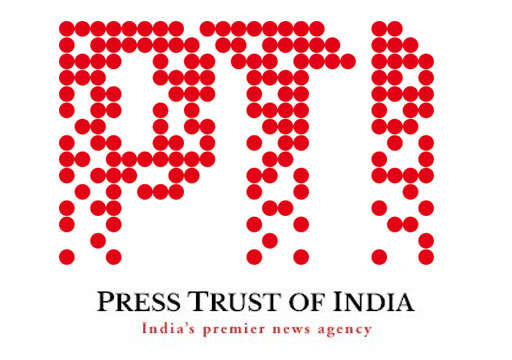Bachelors of Arts in Mass Communication (BAMC)


IAAN offers BA in Mass Communication from Makhanlal Chaturvedi National University of Journalism and Communication, Bhopal
BAMC is a 3 year Regular Degree Course.
The Degree is UGC, AICTE, NAAC accredited and recognised Nationally and Internationally, including by the United Nations

Snapshot of Bachelor students with their Specialised Media Research Projects
During Last Semester (Aug 2023 - Jan 2024) Bachelor students were provided with more than 90 Classes, Practical Training, Events, Programmes and Functions. 69 Theory Classes, 16 Major Events, Functions and 5 GK Tests
Bachelors Study Evaluation consists of 3 types of Exams: 1) INTERNALS 2) PRACTICALS 3) THEORY
IMPORTANT
The nature and scope of the degree is purposefully kept very vast. Mass Communication includes almost all aspects of media, thus a BAMC Degree ensures that students have the academic background and support when they transition within the industry from TV to radio or from print to films. We do not believe in limiting students to any one particular field within Media and train them for all aspects of mass communication and journalism
Course Objectives
The BAMC Undergraduate Programme is designed to meet the following objectives:
♦ To impart students with an understanding of the Mass Communication process, its impact on human and social sphere and socio-cultural environment within which it operates.
♦ To familiarise the students with the working of both print and electronic media.
♦ To develop working skills needed for Newspapers, Magazines, Radio, TV and Web Journalism.
♦ To Provide basic training in different areas of Media.
♦ To improve the communication ability of students, particularly in professional genres.
♦ To instill in students a sense of purpose, mission and ethical values in their chosen fields.
♦ To engage students in critical analysis of the texts of Mass Communication.
♦ To initiate students in the culture and habit of self study.
♦ To prepare professionals, who possess the ability to produce, present and disseminate information in accordance with the highest standards of excellence in media organistaions, NGO's and others.
♦ To lead students towards intellectual preparation that emphasizes the ability to think critically and creatively. Enable them to solve problems effectively in a professional context and to cope with the fast moving changes in the professional world of media.
♦ To cultivate students ability to think critically and creatively in a professional context and to cope with the fast moving changes in the world of media.
Graduate Attributes
The Graduate Attribute (GAs) reflect particular qualities and abilities of an individual learner including knowledge, application of knowledge, professional and life skills, attitudes and human values that are required to be acquired by Mass Communication graduates
Bachelor Students on completion of the Course will gain:
-
Disciplinary Knowledge:
Knowledge of communication, concept and theories. Acquiring knowledge of different dimensions of communication, historical perspectives and other related areas of studies. -
Understanding the Role of Press:
The press in democratic society, importance of freedom of press and impact of media in general. -
Skilled and Industry-ready Professionals:
Strengthening the abilities of a learner by skills, gaining knowledge of the present scenario of Media & Entertainment industry including Advertising, Public Relations, Corporate Communication, Digital Communication, Media Management. -
Influential and Effective Communication:
Influential and Effective Communication ability to share thoughts, ideas and applied skills of Communication in its various perspectives like Written Communication, Speech Communication etc. -
Leadership Readiness/ Qualities:
To make learners fluent in multiple facets of Leadership. Creating the ability & enhancing the qualities to be an efficient leader. Cultivating key characteristics in learners, to be visionary leaders who can inspire the team to greatness. -
Critical/ Reflective Thinking & Language Efficiency:
Critical/ Reflective thinking ability to employ critical and reflective thinking along with the ability to create the sense of awareness of one self and society. -
Technologically Efficient Professional:
Capability to use various Communication technologies and ability to use various softwares for Content creation, Content editing for various forms of publishing platforms. -
Ethical Awareness:
As a Communication learner, one has to understand the importance of ethical values and its application in professional life. -
Lifelong Learning:
Every graduate to be converted into lifelong learner and consistently update himself or herself with current knowledge, skills and technologies. Acquiring Knowledge and creating the understanding in learners that learning will continue throughout life. -
Research-related Skills:
A sense of inquiry and investigation for raising relevant and contemporary questions, synthesizing and articulating.
Course Syllabus
SEMESTER 1
|
DESCRIPTION |
SUMMATIVE EVALUATION |
CONTINUOUS EVALUATION |
TOTAL |
|
|
|
Theory |
Practical |
|
|
|
Science of Communication I |
80 |
- |
20 |
100 |
|
Sociology |
80 |
- |
20 |
100 |
|
Basic Computer Application |
50 |
30 |
20 |
100 |
|
English |
40 |
- |
10 |
50 |
|
Communication Skills |
25 |
15 |
10 |
50 |
SEMESTER 2
|
DESCRIPTION |
SUMMATIVE EVALUATION |
CONTINUOUS EVALUATION |
TOTAL |
|
|
|
Theory |
Practical |
|
|
|
Science of Communication II |
80 |
- |
20 |
100 |
|
Computer for Mass Media |
50 |
30 |
20 |
100 |
|
Psychology |
80 |
- |
20 |
100 |
|
Environmental Science |
40 |
- |
10 |
50 |
|
Photo Journalism |
25 |
15 |
10 |
50 |
SEMESTER 3
|
DESCRIPTION |
SUMMATIVE EVALUATION |
CONTINUOUS EVALUATION |
TOTAL |
|
|
|
Theory |
Practical |
|
|
|
History of Print and Electronic Media |
80 |
- |
20 |
100 |
|
Political Science |
80 |
- |
20 |
100 |
|
News Writing |
50 |
30 |
20 |
100 |
|
Hindi - I |
40 |
- |
10 |
50 |
|
Art of Anchoring |
25 |
15 |
10 |
50 |
SEMESTER 4
|
DESCRIPTION |
SUMMATIVE EVALUATION |
CONTINUOUS EVALUATION |
TOTAL |
|
|
|
Theory |
Practical |
|
|
|
Reporting and Editing for Print Media |
50 |
30 |
20 |
100 |
|
Economics |
80 |
- |
20 |
100 |
|
New Media and Online Journalism |
50 |
30 |
20 |
100 |
|
Communicative English |
40 |
- |
10 |
50 |
|
Radio Production |
25 |
15 |
10 |
50 |
SEMESTER 5
|
DESCRIPTION |
SUMMATIVE EVALUATION |
CONTINUOUS EVALUATION |
TOTAL |
|
|
|
Theory |
Practical |
|
|
|
Reporting and Editing for Electronic Media |
50 |
30 |
20 |
100 |
|
Development Communication |
80 |
- |
20 |
100 |
|
Advertising |
50 |
30 |
20 |
100 |
|
Television Production |
25 |
15 |
10 |
50 |
|
Hindi - II |
40 |
- |
10 |
50 |
SEMESTER 6
|
DESCRIPTION |
SUMMATIVE EVALUATION |
CONTINUOUS EVALUATION |
TOTAL |
|
|
|
Theory |
Practical |
|
|
| Communication Research |
50 |
30 |
20 |
100 |
|
Media, Law and Ethics |
80 |
- |
20 |
100 |
|
Public Relations |
80 |
- |
20 |
100 |
|
Non-Linear Video Editing |
40 |
- |
10 |
50 |
|
Creative Writing |
25 |
15 |
10 |
50 |

IAAN ALUMNI

















































